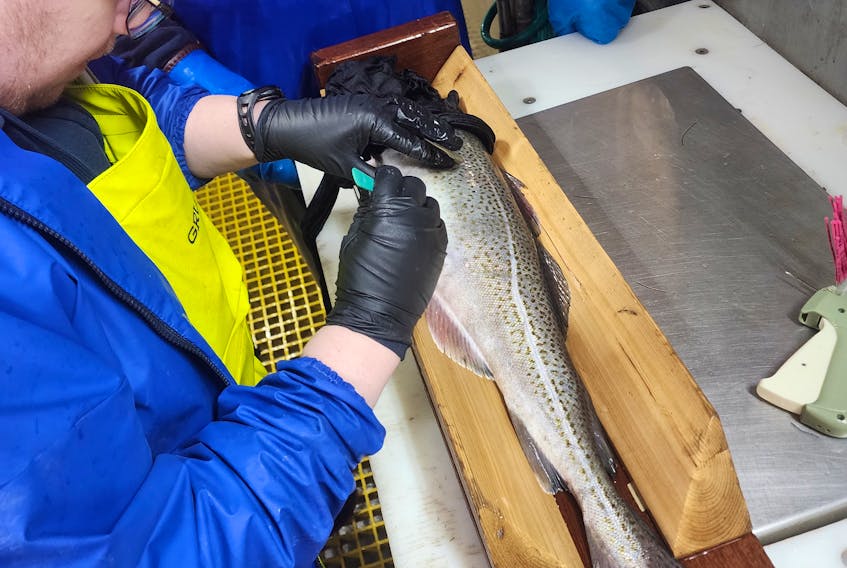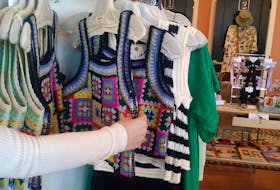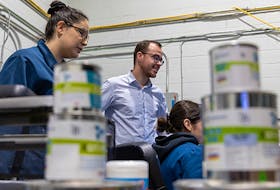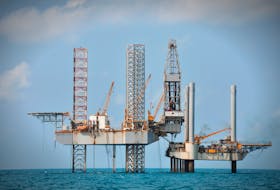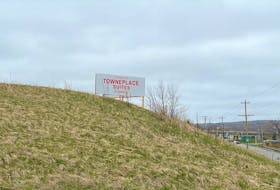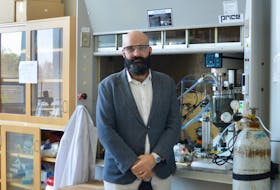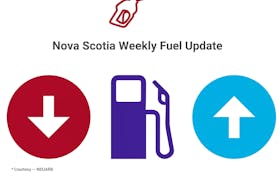For more than three decades, the commercial northern cod fishery has been a closed book, but Alberto Wareham believes it’s time to write a new – and happier – chapter.
Wareham is president and chief executive officer of Icewater Seafoods, a fish plant in Arnold’s Cove and the only facility in all of Newfoundland and Labrador that currently processes nothing but cod.
He's been working on the effort to lift the moratorium on northern cod that has been in place since 1992.
Stocks rebounding
Last fall, the federal Department of Fisheries and Oceans (DFO) revised the model it uses to assess the cod stock.
When DFO plugged in the data it had at the time, indications were that northern cod had come out of the critical zone and into the cautious zone and may have been for several years.
The belief that northern cod stocks are healthier than previously thought has since been further confirmed by surveys conducted by DFO.
The signs are all pointing towards DFO announcing an increase in the total allowable catch for northern cod, an announcement that is expected to come in early June.
The Northern Cod Fishery Improvement Project
In the meantime, Wareham and many others from around the world are working towards positioning northern cod in the international marketplace for its comeback.
This week, Wareham is part of a delegation attending Seafood Expo Global in Barcelona, Spain, the world’s largest seafood trade event.

On Tuesday, April 23, Wareham met with other industry partners — seafood producers, buyers and government representatives — to discuss the Northern Cod Fishery Improvement Project, an initiative aimed at supporting the recovery of northern cod.
Crucial step
According to Wareham, the project is crucial because it will help the fishery gain certification from the Marine Stewardship Council, the world’s leading ecolabelling organization for sustainable fisheries.
That certification is required by most of the big buyers in the international marketplace Wareham wants to see northern cod sold into.
“We need customers to buy the product,” Wareham told SaltWire in a phone interview from Barcelona.
“That’s why we’re rebuilding (northern cod’s status). We need a presence in the market. The Fishery Improvement Project allows us to meet those sustainability requirements.”
Supporting the science
Getting that certification involves helping improve the science behind assessing the stock’s health.
The project has been making steady progress, with its central feature being an $8.5-million world-class acoustic tracking venture.
As of March 2024, more than 1,000 cod have been tagged, with thousands of verified detections along the project’s 700-kilometre acoustic array.
The array has 75 receiver stations and provides unparalleled acoustic receiver coverage of a deep-water shelf-slope region, allowing sustained observations of cod movement.
Committed
The fact five major seafood customers from the United Kingdom, France and the United States have contributed $275,000 to the project in the last five years shows how committed the global marketplace is to reviving the northern cod fishery, said Wareham.
“We have been able to leverage that money to get much larger contributions from government sources to fund this (project),” he added.

An additional investment of more than $500,000 from the Atlantic Fisheries Fund is planned for 2024-2025. This includes work by Ocean Tracking Network to refurbish the acoustic array — inspect equipment, change batteries, etc. — and tag more cod.
It also includes two PhD research projects, both of which will help the project continue to identify and address gaps in understanding northern cod.
Wants quota doubled
Wareham would like to see the northern cod quota increased to 25,600 metric tonnes for 2024, nearly double the 13,000 tonnes that has been allowed in recent years.
Others in the industry have recommended anywhere from 20,000 to 25,000.
Northern cod is the third largest cod stock in the world, noted Wareham. The largest, in Norway and Russia, has seen fishing quotas declining by 20 per cent each year for the last three years, with more cuts expected in the next year or two.
The second largest, in Iceland, seems to be stable.
The most recent assessment of northern cod indicated the total biomass to be around 520,000 metric tonnes with a spawning stock biomass of around 342,000 metric tonnes. The quotas removed in recent years represent just a two per cent exploitation rate and the 25,600-metric tonne recommendation referenced by
Wareham would raise that exploitation rate to around 7.5 per cent.
“Most cod stocks in the North Atlantic would be managed at about 20 to 30 per cent exploitation rate, so 7.5 is still extremely low,” explained Wareham.
Recruitment rate rebounding
Recruitment rate — a measure of mature fish and a sign of a stock health — has been rebounding to historic levels for the species, he added.
“With recruitment and the size of spawning stock biomass and the total biomass, we think 25,600 tonnes is a good number and a good first start into a re-entry into a commercial fishery,” said Wareham.
The Northern Cod Fishery Improvement Project would not just open up markets, but would also help an expanded fishery proceed with caution, said Wareham.
“We’re tracking the movement of cod: we want to know where they move – inshore, offshore, spawning time,” he said.
“When we get a commercial fishery on a larger scale, we will be able to better manage it on a spatial basis and make sure we aren’t overfishing one area or another.”

